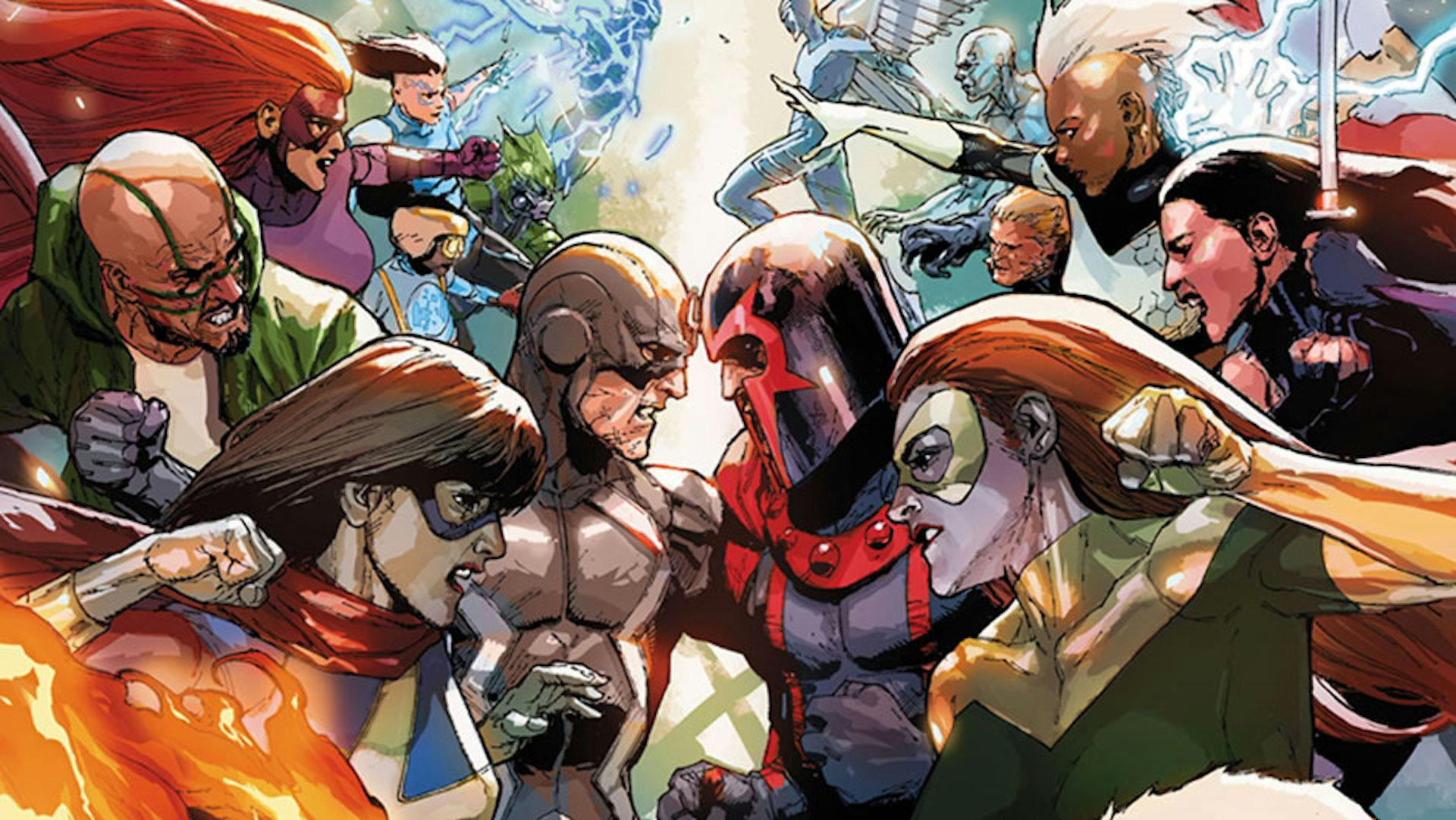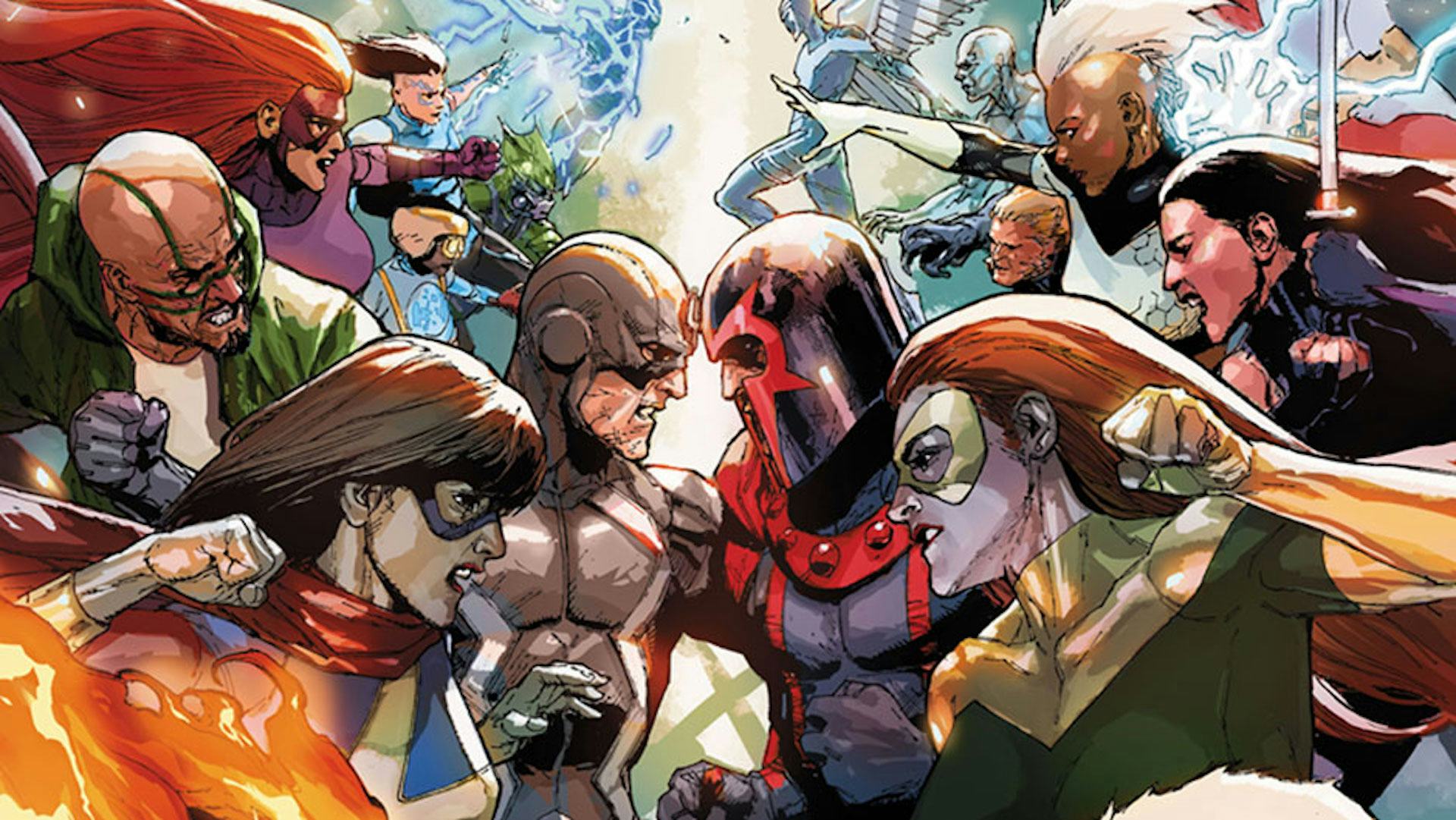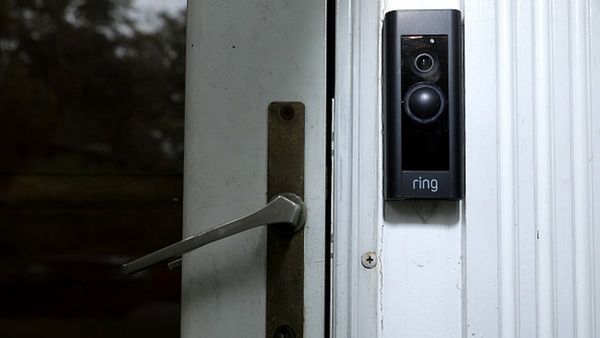
While the X-Men got the film and animated TV series treatment, and the Inhumans got a lackluster and low-budget ABC show, neither have yet to be put under the purview of Kevin Feige and Marvel Studios. Thus, mutants and Inhumans aren’t canonical to the Marvel Cinematic Universe.
That may soon change. In the final episode of Ms. Marvel, Kamala Khan’s (Iman Vellani) best friend Bruno Carrelli (Matt Lintz), explains that not only is her glowing mystical bangle giving her tremendous powers, but it’s activating a mutation already embedded in her DNA. Yes, the word “mutation” is used, followed by a brief snippet of the X-Men: The Animated Series theme.
But just as Bruno gets into what that mutation could possibly mean, Kamala brushes this off as merely “another label” for what she, and possibly crush-turned-frenemy Kamran (Rish Shah), are.
What exactly does Kamala mean by “another label”?
In the comics, the star-crossed duo are Inhumans, which are humans carrying the genetic legacy of Kree meddling. Inhumans go to great lengths to differentiate themselves from X-Men (and vice versa), and they don’t always get along despite their similar powers and the fact that both superhero groups are shunned and feared by society.
If you’re confused, you aren’t alone. Here’s a clear-cut definition of both X-Men and Inhumans, and why the MCU may be gearing up to simplify its mutant dilemma.
The X-Men
The X-Men made their first Marvel Comics appearance in 1963, and were created and designed by Marvel legends Stan Lee and Jack Kirby. Mutants are humans born with unique DNA, an X-gene that grants them superhuman abilities.
At various points in the comics Earth has been either short on mutants, or full of mutants both underground and proudly standing next to Charles “Professor X” Xavier. In most X-Men storylines, the X-Men have been discriminated against. They’ve often been used to tell political stories, featuring social commentary on bigotry and injustice that, while fictional, sheds light on real-world homophobia, racism, and xenophobia.
Between the comics and the TV and movie adaptations, there have been over 50 characters that can be considered X-Men, including Wolverine, Storm, Professor X, Magneto, and many, many more.
The Inhumans
The Inhumans made their Marvel Comics debut in 1965, and were also created by Stan Lee and Jack Kirby. They’re humans either genetically engineered by the Kree, or descended from this first cohort that had their genes tampered with. The Kree, as you may recall from Guardians of the Galaxy and Captain Marvel, are an advanced race of militaristic blue-skinned humanoids from the planet Hala. The Kree engineered the Inhumans with the aid of Terrigen Crystals to use as soldiers in their war against the Skrull, although the Supreme Intelligence, the A.I. ruler of the Kree, eventually abandoned the project.
Many Inhumans were secluded on Attilan, an island in the North Atlantic Ocean, and weren’t involved with the rest of humanity until Thanos raided Attilan. The Inhuman leader, Black Bolt, (portrayed by Anson Mount in Inhumans and in Doctor Strange 2) fought him with a scream that activated a Terrigen Bomb, which spread Terrigen Mist across Earth. As such, all those with Inhuman lineage — like Kamala Khan and Kamran — underwent Terrigenesis.
What the MCU might do with its mutants and hybrids

Differentiating between Inhumans and X-Men, though possible, would likely require several MCU projects to establish these superhuman groups before pitting them against (or banding them with) each other. Inhumans would require less backstory, given that the Kree are already part of the MCU, but many elements of their tale would still need to be addressed.
The X-Men pose a messier problem. Though Patrick Stewart as Professor Charles Xavier was introduced in Doctor Strange and The Multiverse of Madness, he’s not referred to as an X-Man, and he was knocked off. The X-Men would, potentially, be even more complicated to incorporate in the MCU, needing not only Xavier’s School for Gifted Youngsters, but also all of their political undertones.
What could the MCU do, then, to finally integrate both X-Men and Inhumans into their forthcoming movies and shows?
Making the human-hybrid category of Inhuman or X-Men interchangeable — or, as Kamala puts it, “labels” for people with mutations — solves this issue. Though Ms. Marvel is an Inhuman in the comics, X-Men have proven to be more popular and easier to adapt to TV and film, so blending the origin stories of both groups and calling these all “mutants” gives the MCU a chance to either come up with a new supergroup name, or fold the Inhumans into the X-Men.
Both The Marvels and the reboot of X-Men‘97 are headed to their respective big and small screens in Summer 2023. The definitive answer to the MCU’s mutant problem may only be a year (or less) away.
Ms. Marvel is streaming on Disney+.







